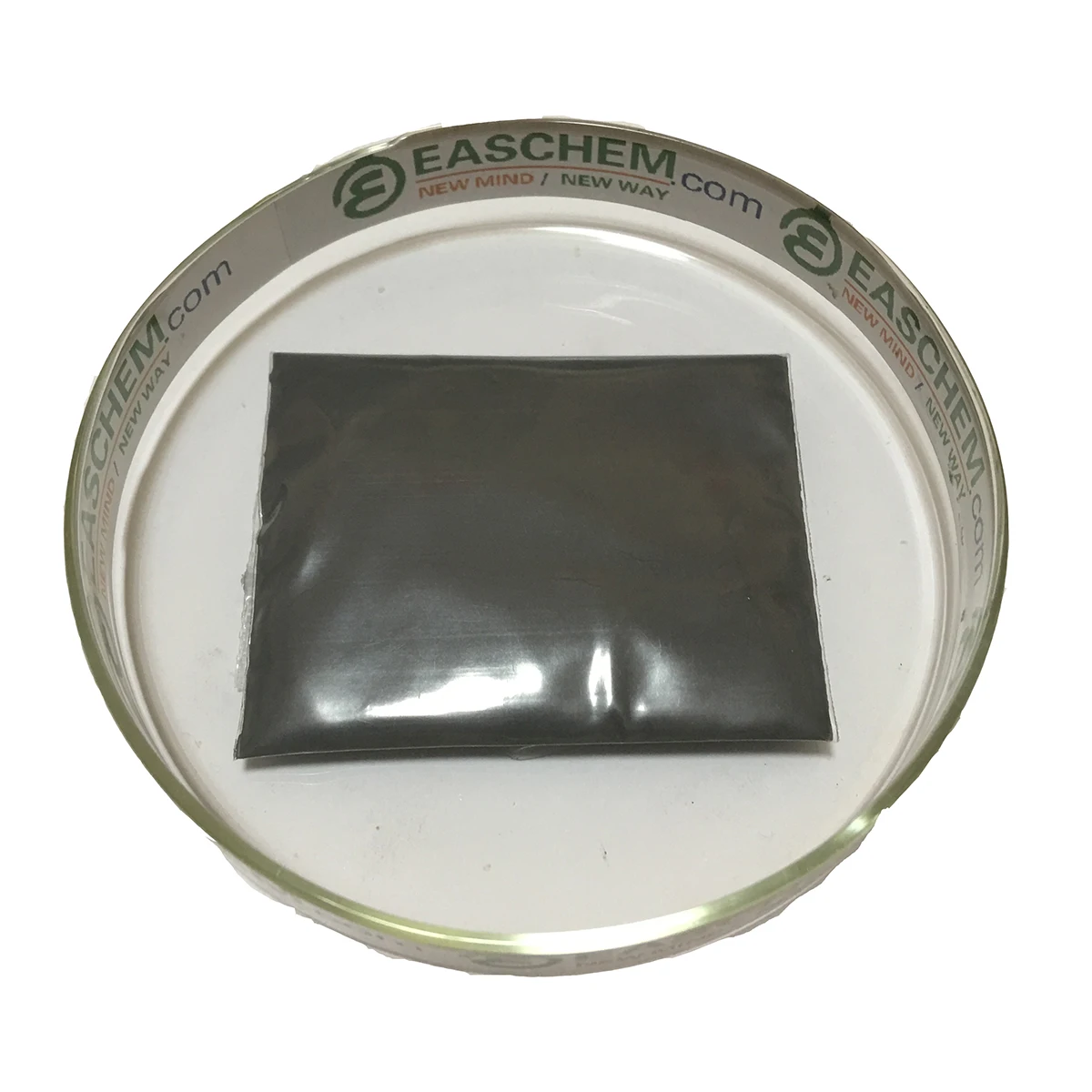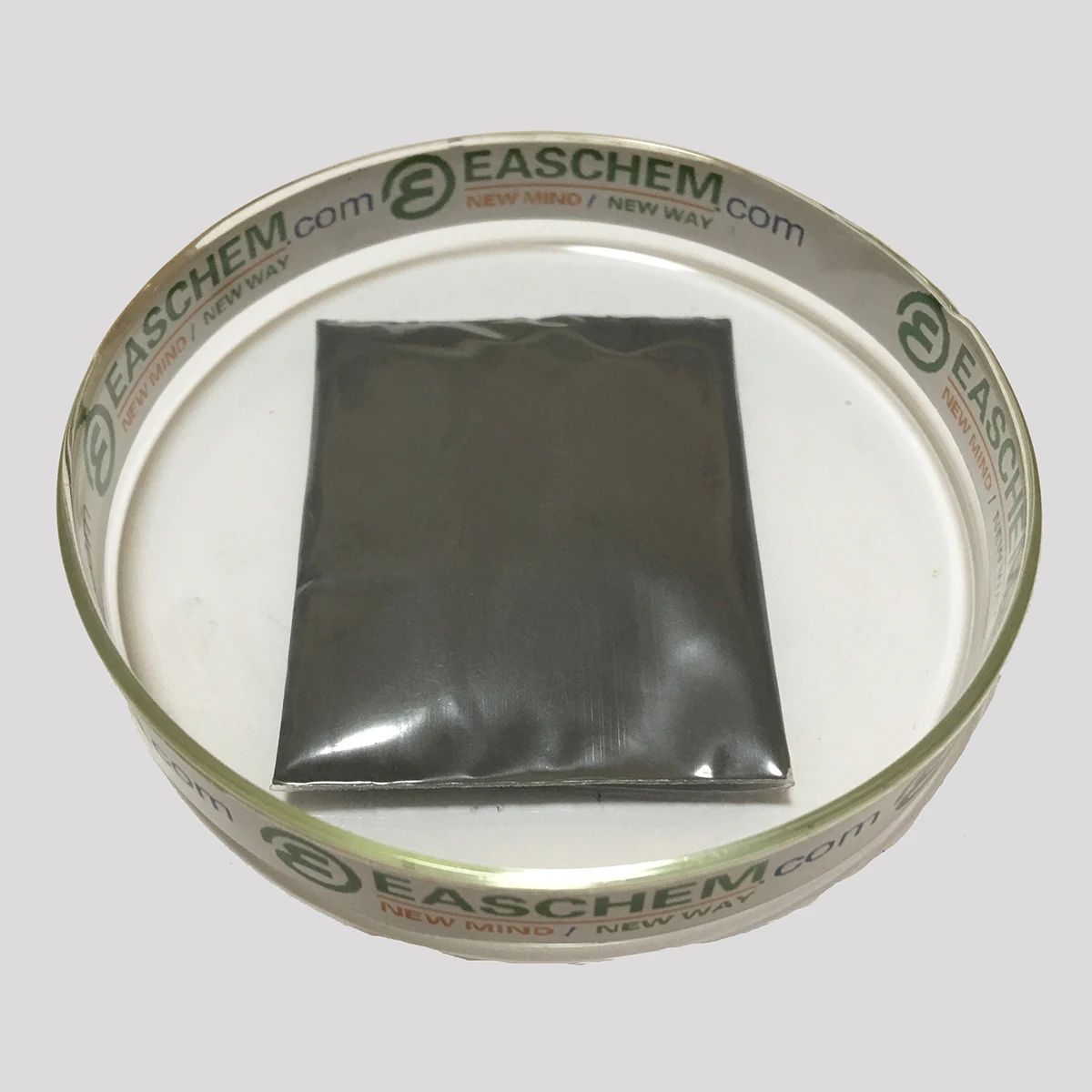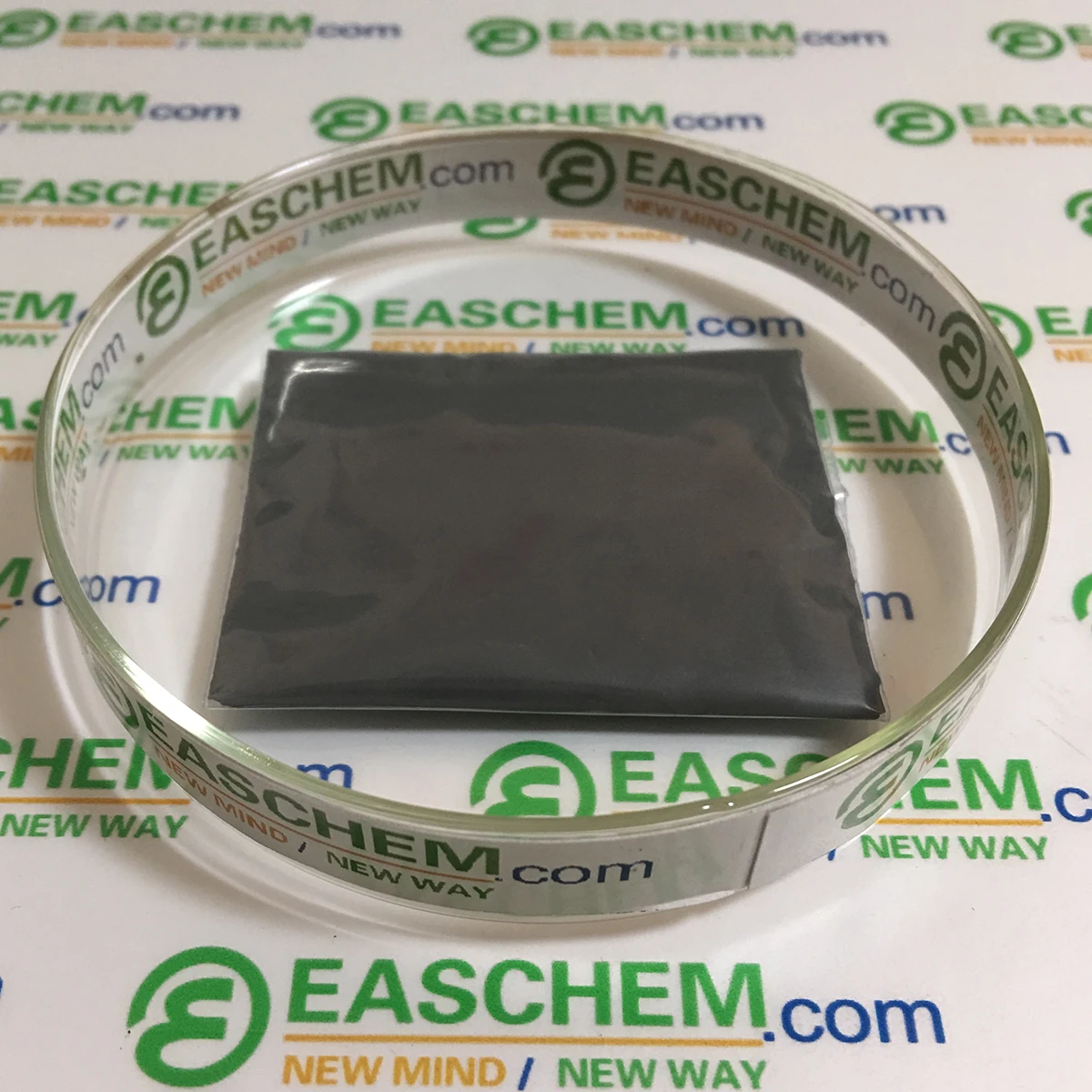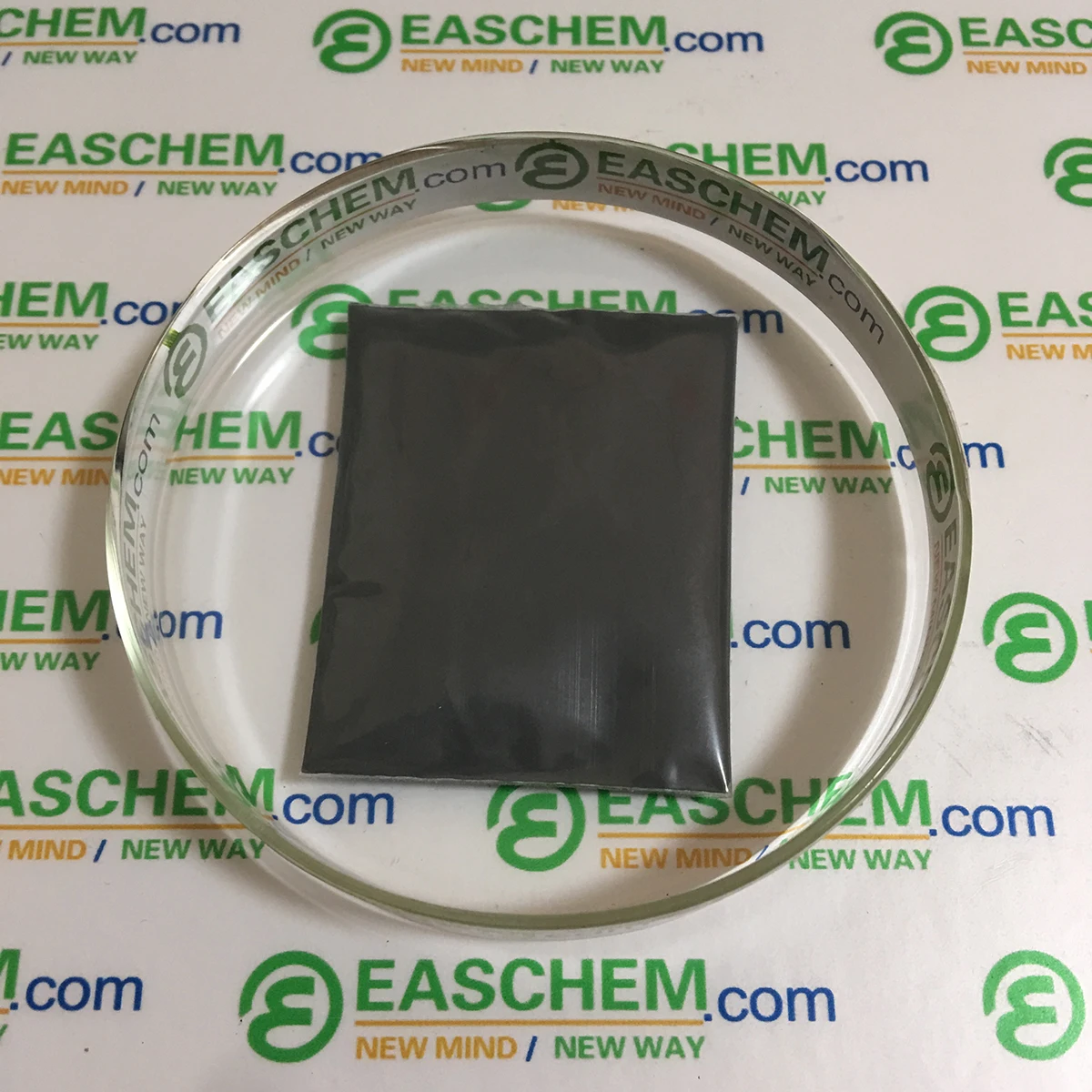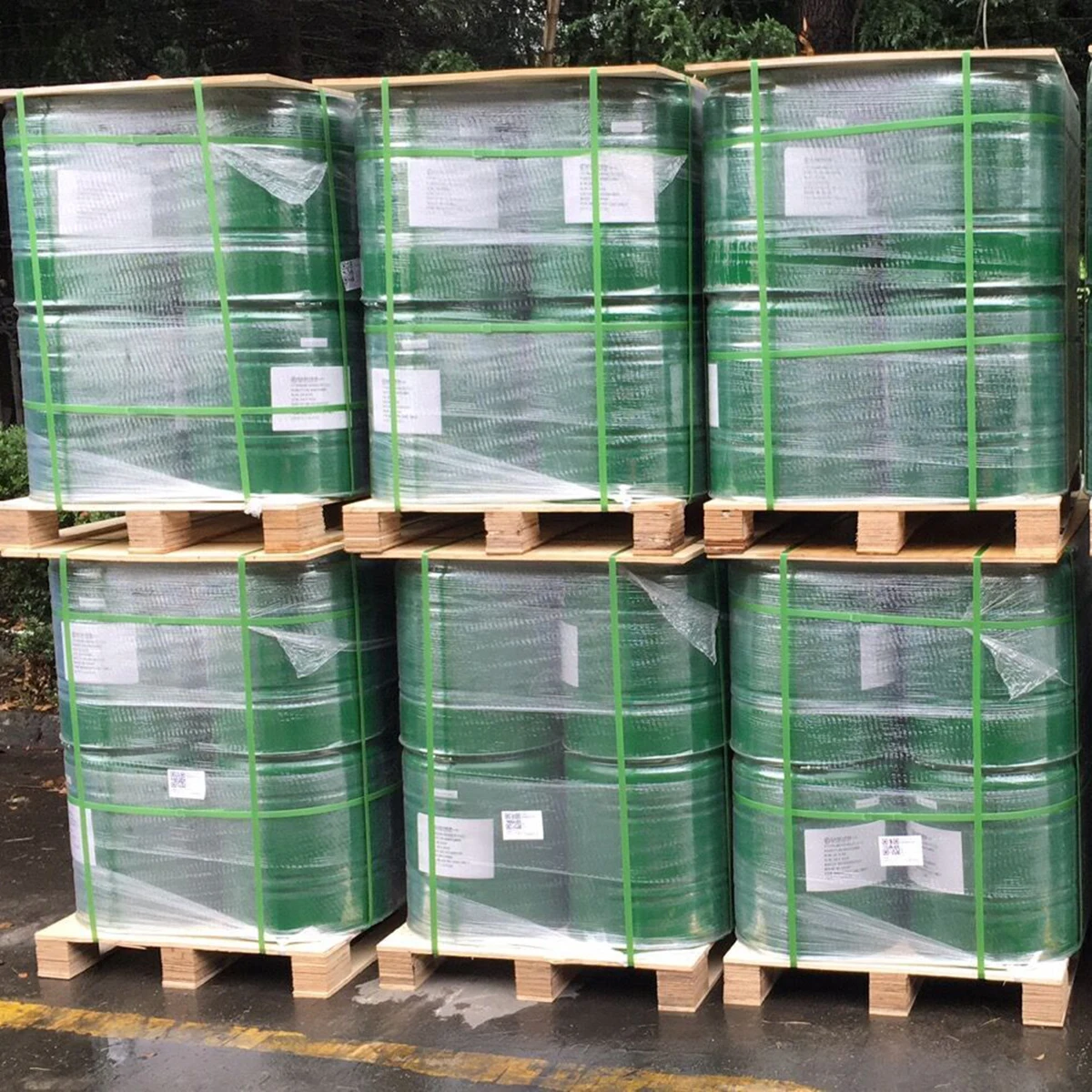Заводская цена продажа порошка из карбида молибдена с
- Категория: >>>
- Поставщик: Easmaterial,Group,Limited
Поделиться:
Описание и отзывы
Трекер стоимости
| Месяц | Минимальная цена | Макс. стоимость |
|---|---|---|
| Sep-16-2025 | 0.0 $* | 0.73 $* |
| Aug-16-2025 | 0.87 $* | 0.42 $* |
| Jul-16-2025 | 0.53 $* | 0.72 $* |
| Jun-16-2025 | 0.65 $* | 0.29 $* |
| May-16-2025 | 0.11 $* | 0.88 $* |
| Apr-16-2025 | 0.78 $* | 0.39 $* |
| Mar-16-2025 | 0.68 $* | 0.66 $* |
| Feb-16-2025 | 0.41 $* | 0.74 $* |
| Jan-16-2025 | 0.4 $* | 0.22 $* |
Характеристики
Product Description
| Index Model | ESNb20 | ESNb50 | ESNb80 | ESNb0.1 |
| Particle Size | 10-30nm | 30-60nm | 60-100nm | 0.1-0.2um |
| Shape | Spherical | |||
| Purity(%) | 99.9 | 99.9 | 99.9 | 99.9 |
| Apperance | Black Powder | |||
| BET(m2/g) | 34 | |||
| Bulk Density(g/cm3) | 2.45 | |||
| Memo | If other particle size required, We can custom-made. | |||
| Product Name | Multilayer Mo2C powder | Etching Scheme | HF |
| Chemical Formula | Mo2C/Mo2CTx | Stripping Plan | Organic Alkaline Intercalation Agent |
| Purity | ≥98% | Specification | 100 mesh |
| State | Powder | Storage Conditions | Vacuum Drying |
| Color | Brown | Shelf Life | 3 months |
| Packing: | 25G, 50G, 100G, 500G Bag filled with Argon or packing as per request. | |||
| Storing in sealed, dry and cool condition, not exposing to air for long time, avoiding moisture and oxidation. | ||||
| Characteristics: | Has high temperature strength and high temperature hardness, good thermal conductivity, electrical conductivity, and good corrosion resistance. | |||
| Niobium is an off-white metal with a melting point of 2468 ° C, a boiling point of 4742 ° C, and a density. Niobium is stable in the air at room temperature, and is not completely oxidized when it is red hot in oxygen. It directly combines with sulfur, nitrogen, and carbon at high temperatures and can form alloys with titanium, zirconium, hafnium, and tungsten. Does not interact with inorganic acids or bases, and is not soluble in aqua regia, but soluble in hydrofluoric acid. | ||||
| Application: | 1. Superconducting applications: Niobium is one of the elements with the highest critical temperature for superconducting performance. The critical temperature of alloys made of niobium is 18.50 to 210, which is the most important superconducting material at present; | |||
| 2. High-temperature alloys: A large part of the world's niobium is used in the production of nickel, chromium and iron-based superalloys in the form of pure metal or in the form of high-purity ferroniobium and niobium-nickel alloys. These alloys can be used in jet engines, gas turbine engines, rocket components, turbochargers and heat-resistant combustion equipment; | ||||
| 3. Iron and steel application: Among various microalloying elements of steel, waste niobium is the most effective microalloying element. The role of niobium is so great that iron atoms are rich in niobium atoms, which can improve steel Purpose of performance. In fact, adding 0.001% -0.1% of niobium to the steel is enough to change the mechanical properties of the steel; | ||||
| 4. Coins: On coins, niobium is sometimes used as a precious metal on commemorative coins with gold and silver; | ||||
| 5. Other niobium (or doped with 1% zirconium) is the sealing material for arc tubes of high-pressure sodium lamps, because the thermal expansion coefficient of niobium is very similar to that of sintered alumina arc lamp ceramics. | ||||
| 6. Widely used in chemical industry, metallurgy and aerospace industry, raw materials of molybdenum and molybdenum alloy products. | ||||
Packaging & Shipping
| Packing: | 50KGs Iron Drum or 1000KGs Jumb Bag or packing as per request. |
| Storare: | Storing in sealed, dry and cool condition, not exposing to air for long time, avoiding moisture. |
| Characteristics: | Pink powder, slightly soluble in inorganic acid, insoluble in water. |


Company Information




Certifications
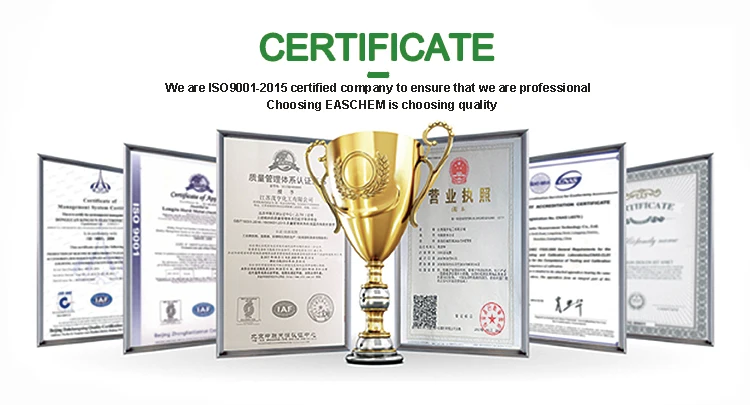
Market Share

Our Services

FAQ


Похожие товары
Tris(2-chloroisopropyl) phosphate
US $1700-$1750
Черный изготовитель 240% серы с конкурентоспособной ценой
US $449.90-$699.90
Поставка газа аргона высокой чистоты Beegas с сертификатом CE
US $104.00-$108.00
Графит с высокой степенью чистоты, нано-порошок
US $100.00-$150.00
KAISA горячая Распродажа текстиль окрашивание серный черный
US $499.90-$699.90
